What Type Of Microscope Can See Atoms ?
A scanning tunneling microscope (STM) and an atomic force microscope (AFM) are two types of microscopes that can see atoms.
1、 Scanning Tunneling Microscope (STM)
The type of microscope that can see atoms is called a Scanning Tunneling Microscope (STM). This groundbreaking invention has revolutionized the field of nanotechnology and has allowed scientists to observe and manipulate individual atoms with unprecedented precision.
The STM works by scanning a sharp metal tip across the surface of a sample at a very close distance. A small voltage is applied between the tip and the sample, creating a tunneling current. By measuring this current, the STM can create a three-dimensional image of the surface, revealing the positions of individual atoms.
The STM has been instrumental in advancing our understanding of atomic-scale phenomena. It has allowed scientists to study the properties of materials at the atomic level, leading to the development of new materials with enhanced properties. It has also been used to investigate the behavior of individual molecules, opening up new possibilities in the field of molecular electronics.
In recent years, there have been advancements in STM technology that have further expanded its capabilities. For example, researchers have developed variants of the STM that can operate at extremely low temperatures, allowing for the study of quantum effects at the atomic scale. Additionally, new techniques have been developed to manipulate individual atoms using the STM, enabling the construction of nanostructures with atomic precision.
Overall, the Scanning Tunneling Microscope has proven to be an invaluable tool for scientists and engineers working in the field of nanotechnology. Its ability to see and manipulate atoms has paved the way for numerous advancements and has greatly contributed to our understanding of the atomic world.
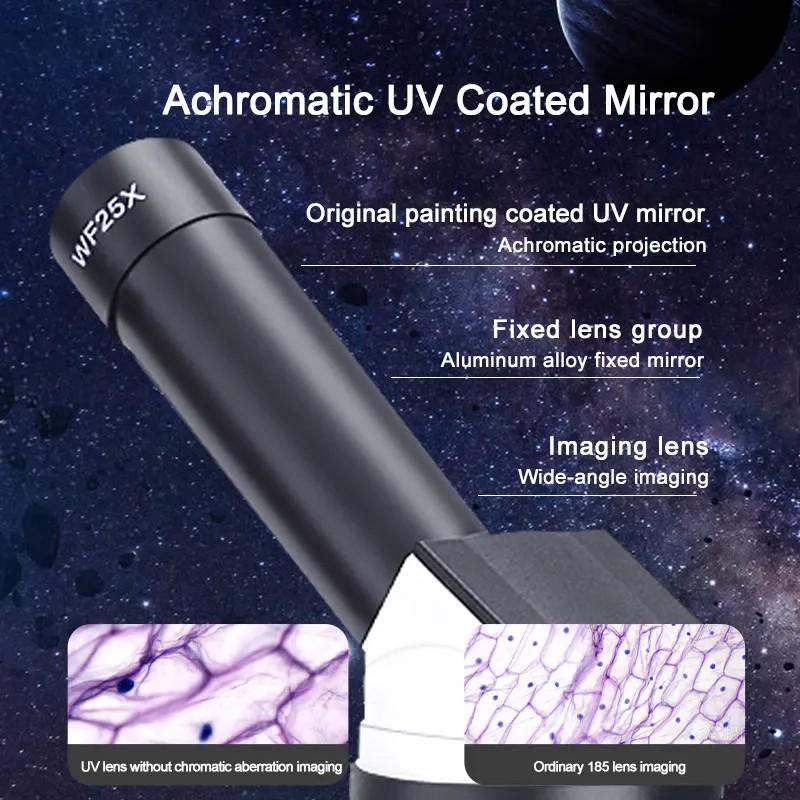
2、 Atomic Force Microscope (AFM)
The type of microscope that can see atoms is called an Atomic Force Microscope (AFM). AFM is a powerful tool used in nanotechnology and materials science to observe and manipulate matter at the atomic level. It was first developed in the 1980s and has since become an essential instrument in various scientific fields.
Unlike traditional optical microscopes, which use light to magnify objects, AFM operates on a completely different principle. It uses a tiny probe, typically a sharp tip at the end of a cantilever, to scan the surface of a sample. As the probe moves across the surface, it interacts with the atoms and measures the forces between them. These forces are then converted into a three-dimensional image, revealing the atomic structure of the sample.
AFM has several advantages over other microscopy techniques. Firstly, it can achieve atomic resolution, allowing scientists to see individual atoms and even manipulate them. Secondly, AFM can be used on a wide range of materials, including conductors, insulators, and biological samples. This versatility makes it a valuable tool for studying various materials and their properties.
In recent years, there have been advancements in AFM technology that have further improved its capabilities. For example, the development of dynamic AFM modes, such as frequency modulation AFM, has allowed for faster and more accurate imaging. Additionally, the integration of AFM with other techniques, such as scanning tunneling microscopy (STM), has enabled simultaneous imaging and spectroscopy at the atomic scale.
Overall, the Atomic Force Microscope is a groundbreaking instrument that has revolutionized our understanding of the atomic world. Its ability to see and manipulate atoms has opened up new possibilities in fields like nanotechnology, materials science, and biology. As technology continues to advance, we can expect further improvements in AFM resolution, speed, and versatility, allowing for even more detailed exploration of the atomic realm.

3、 Transmission Electron Microscope (TEM)
The type of microscope that can see atoms is the Transmission Electron Microscope (TEM). TEMs use a beam of electrons instead of light to magnify and visualize samples at the atomic level. This allows for much higher resolution and greater detail than traditional light microscopes.
In a TEM, a beam of electrons is transmitted through a thin sample, and the resulting image is formed by the interaction of the electrons with the atoms in the sample. The electrons pass through the sample and are focused onto a fluorescent screen or a digital detector, creating an image that reveals the atomic structure of the sample.
TEMs have been instrumental in advancing our understanding of materials science, nanotechnology, and biology. They have been used to study the arrangement of atoms in various materials, such as metals, semiconductors, and biological molecules. By visualizing the atomic structure, scientists can gain insights into the properties and behavior of these materials.
It is worth noting that while TEMs can indeed visualize atoms, they do not directly "see" them in the traditional sense. Instead, they rely on the interaction of electrons with the atoms to create an image. Additionally, recent advancements in TEM technology, such as aberration correction and cryo-electron microscopy, have further improved the resolution and capabilities of these microscopes, allowing for even more detailed atomic imaging.
In conclusion, the Transmission Electron Microscope (TEM) is the type of microscope that can see atoms. Its ability to visualize atomic structures has revolutionized various fields of science and continues to push the boundaries of our understanding of the microscopic world.
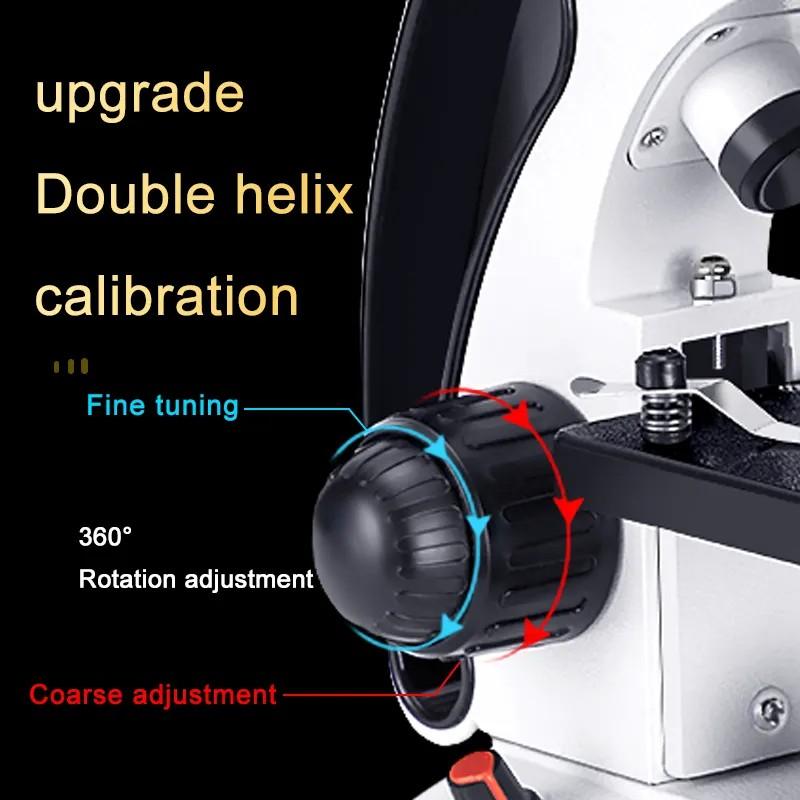
4、 Scanning Electron Microscope (SEM)
The type of microscope that can see atoms is the Scanning Electron Microscope (SEM). SEMs are powerful instruments that use a beam of electrons to scan the surface of a sample and create detailed images at a very high resolution. Unlike optical microscopes, which use light waves to magnify objects, SEMs use electrons, which have much shorter wavelengths, allowing for much higher magnification and resolution.
In an SEM, a focused beam of electrons is scanned across the surface of the sample, and the interaction between the electrons and the atoms in the sample produces various signals. These signals are then detected and used to create an image of the sample's surface. The high resolution of SEMs enables scientists to observe individual atoms and their arrangement within a material.
However, it is important to note that while SEMs can provide detailed images of the surface of a sample, they cannot directly "see" individual atoms. Instead, they can provide information about the topography, composition, and other properties of the sample at a nanoscale level. To visualize individual atoms, more advanced techniques such as transmission electron microscopy (TEM) or scanning tunneling microscopy (STM) are required.
It is worth mentioning that advancements in SEM technology continue to push the boundaries of what can be observed. For example, recent developments in aberration-corrected SEMs have improved the resolution and image quality, allowing for even more detailed analysis of atomic structures. Additionally, the integration of other techniques, such as energy-dispersive X-ray spectroscopy (EDS) or electron backscatter diffraction (EBSD), further enhances the capabilities of SEMs in characterizing materials at the atomic level.
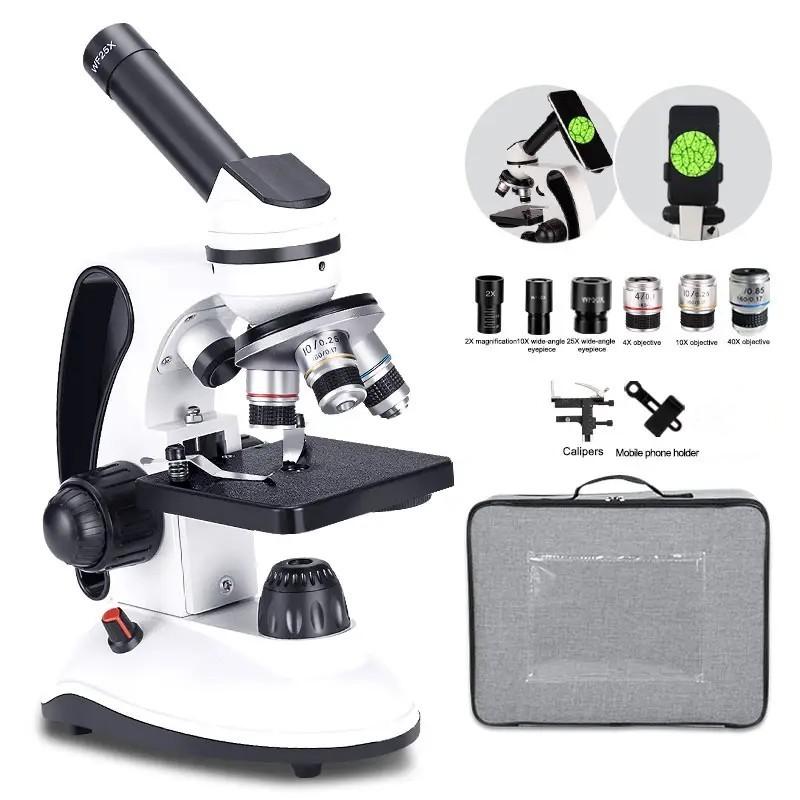













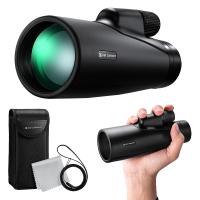







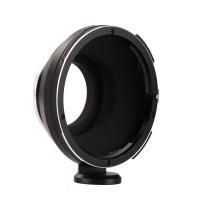



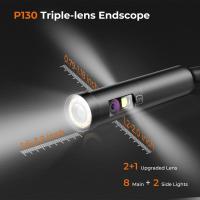





There are no comments for this blog.